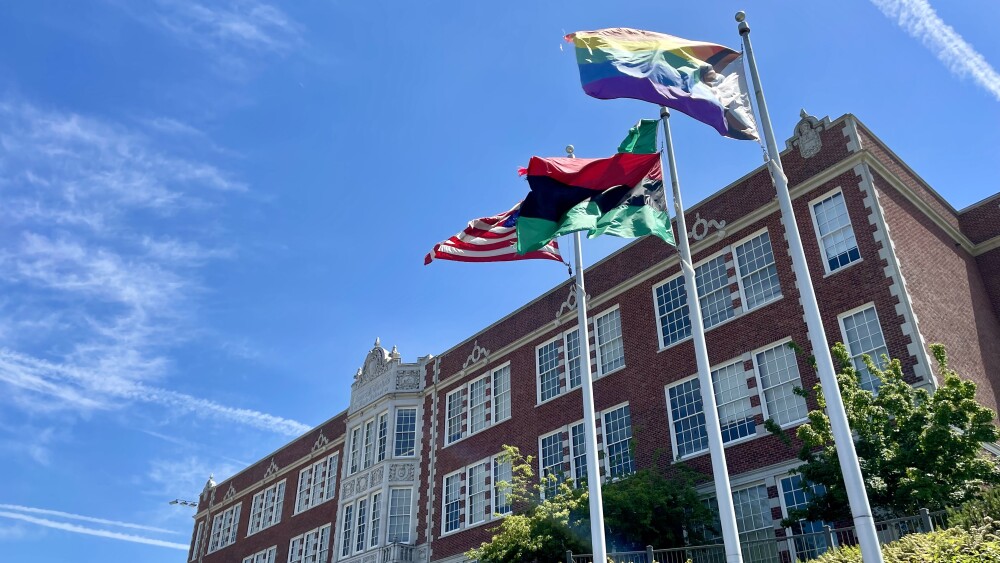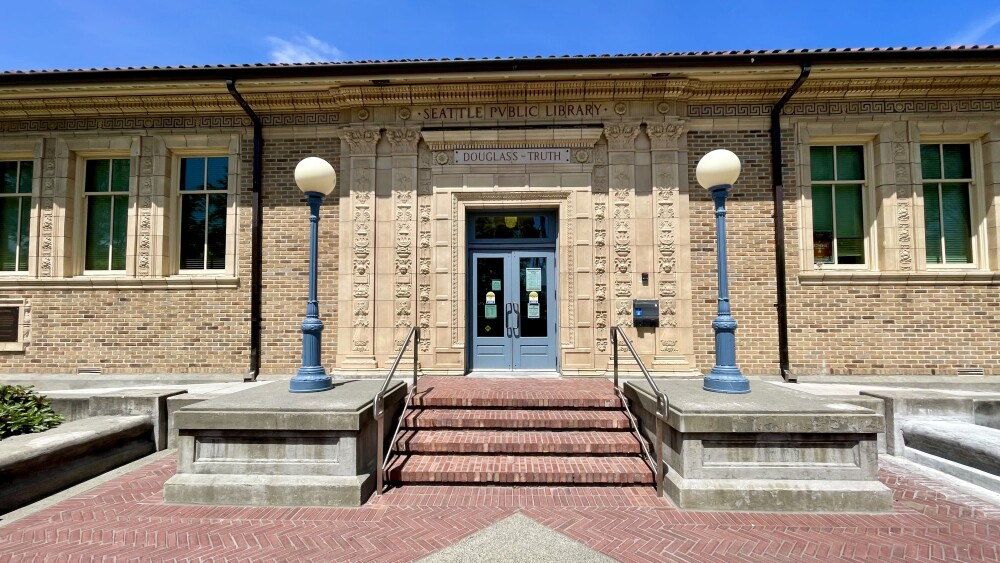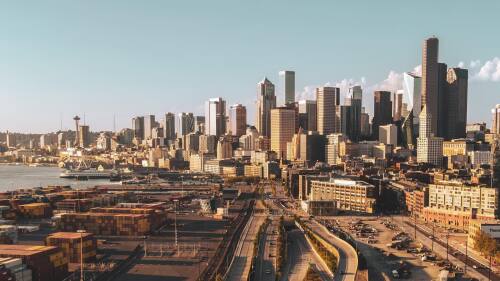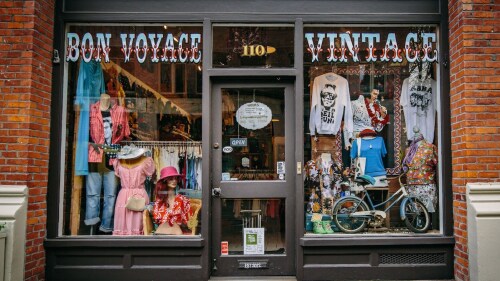Known for its historical neighborhoods and arts scene, Seattle’s Central District is a hub for Black community and local engagement.
But what led to its cultural importance and the area’s residential and commercial diversity?
As with many of Seattle’s unique neighborhoods, there is much more here than meets the eye.
The timeline
By 1870, the blocks between Cherry and Union streets were cleared and cable cars arrived shortly after. These were pivotal driving forces behind the outcrop of homes and establishment of a multi-national community.
Here’s a breakdown of who arrived and when:
- 1861 — African American William Grose arrives and quickly establishes a successful restaurant and a hotel, which attracts more African American citizens to the area and creates one of Seattle’s first Black settlements.
- 1880s — Japanese immigrants mostly settle in the International District, but also establish a presence in Central District as its community spreads to the east.
- 1890s — Scandinavians build their first church in the area and the Danish community introduces new community buildings to accommodate its growing population.
- 1890-World War I — Central District is largely a Jewish neighborhood, comprised mostly of German immigrants (with a handful of Polish, Greek, and Turkish Jewish settlers).
These buildings are a testament to Central District’s accumulation of people and cultures over the years:
- First African Methodist Episcopal Church — Organized by Seaborn J. Collins in 1886, this was Seattle’s first African American-founded church, which gave birth to a housing corporation and education programs to support the city’s Black population.
- Temple De Hirsch Sinai — Built in 1907 by German-Jewish settlers, the Temple served as a place for religious meetings, but it also hosted a performance by a young Jimi Hendrix + a visit from Martin Luther King, Jr. in the 1960s.
- Seattle Koyasan Buddhist Temple — This cultural space was established in 1949 by first- and second-generation Japanese immigrants.
- Washington Hall — In 1908, the Danish brotherhood built the hall as boarding for newly arrived immigrants and a venue for community events.
Civil Rights in Central District
Post World War II, many of Central District’s communities migrated to other areas of Seattle. However, due to discriminatory, restricting housing laws, the growing Black population was forced to stay put.
Cue segregated housing, de-facto segregated schools, and job discrimination — the Black freedom struggle became a central component to this neighborhood’s culture.
Several initiatives were later launched to combat embedded racism, including:
- The Seattle School Boycotts of 1966
- The Black Panther Party’s Seattle Chapter
- The passing of the Seattle open housing law
- The Central Area Motivation Plan
Looking ahead
Today, the neighborhood is still utilizing community-led programs to improve life for its residents.
The Garfield Super Block project led by a coalition of local volunteers plans to transform Garfield Park into a community-centered play area. The current design includes native plantings, ADA pathways, new fencing, and a loop trail.
In addition, institutions like the Northwest African American Museum (NAAM) host regular events to bring its neighbors together.
Here’s what’s going on this week with NAAM:
- Saturday, June 15 — NAAM Annual Skate Party: Juneteenth Celebration
- Sunday, June 16 — Celebrating Fathers: Juneteenth Celebration
- Wednesday, June 19 — Juneteenth Day Celebration
Looking for resources on allyship and education? Central District’s Wa Na Wari has some great guidelines on how to approach spaces created for Black folks with respect and awareness. Give those a read before checking out the org’s events.













